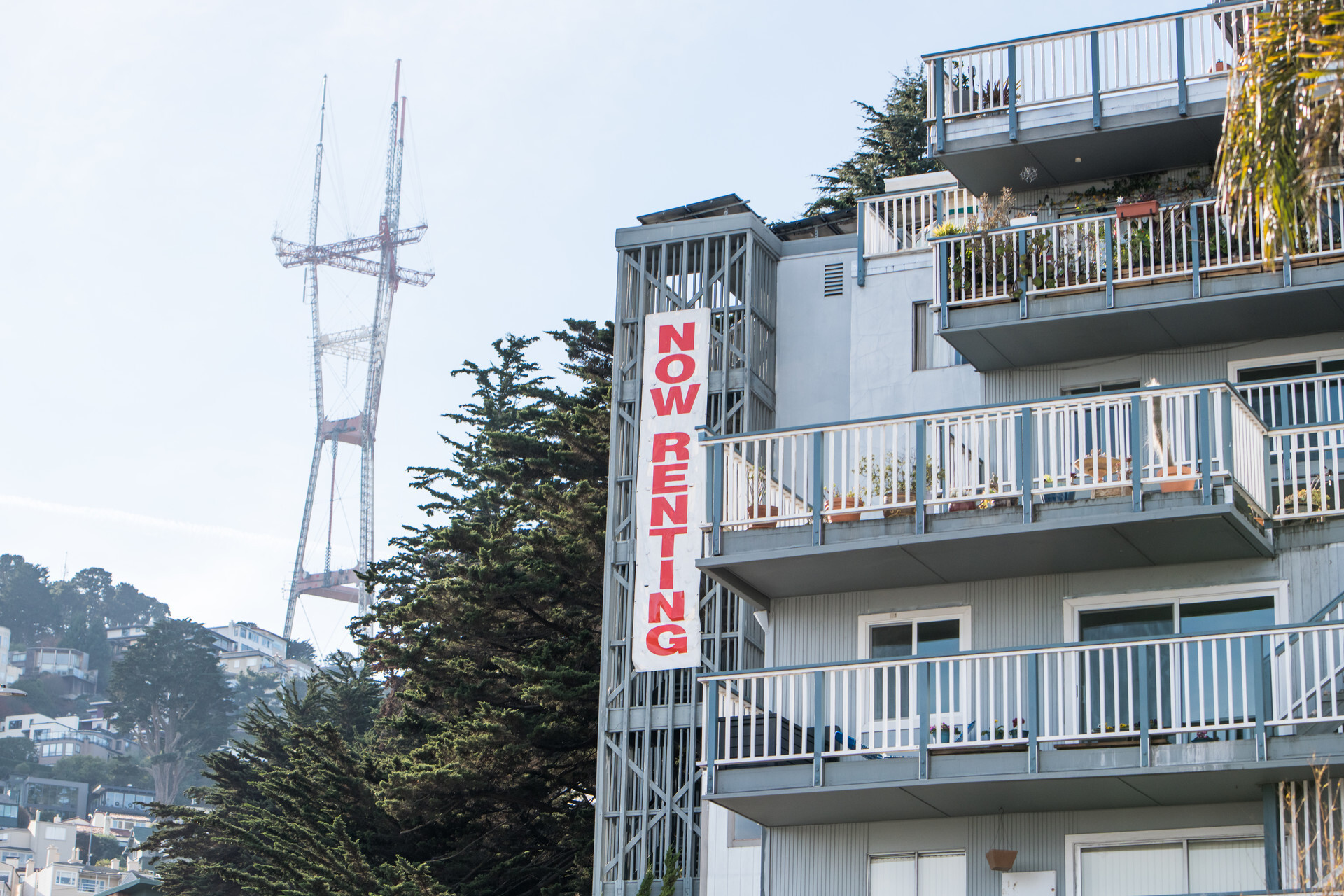Updated June 28, 4 p.m.
Skip straight to:
- Do I qualify for California rent relief?
- Are undocumented tenants eligible?
- How do I apply for rent relief?
- Are landlords required to apply for rent relief?
- How much money could I potentially get?
The pandemic has been crushing for low-income tenants in California — and has caused financial strain on property owners who haven’t been able to collect rent and have their own bills to pay. Local and state eviction protections have helped many people stay housed but, eventually, the rent will be due.
California’s rent relief program, called Housing Is Key, was established by state lawmakers in January when they passed Senate Bill 91, which also extended the statewide eviction moratorium through June 30. As of June 28, 2021 Gov. Newsom and state legislative leaders have agreed upon a deal shielding tenants from evictions through Sept 30.
Both tenants and landlords with low-income tenants who have fallen behind on rent because of the pandemic can apply for relief. The new bill, AB 832, allows tenants and landlords to receive 100% of the back rent. That’s an increase from the previous program, where landlords could only receive 80% of what they were owed, and had to agree to forgive the remaining 20%. Landlords or tenants who have already applied or received funding, will automatically have their payments go up to 100%.
Tenants can now also apply directly for relief if their landlord does not respond or chooses not to participate, if they swear under penalty of perjury that the money will go toward paying off rent debt. Before if a landlord refused to participate, tenants could only get 25% of their debt forgiven.
The program to distribute $5.2 billion in federal funds opened for applications on March 15 – but that money has gone out extremely slowly. While billions have been available since January, the state has distributed only $61.6 million in relief to a little more than 5,000 households so far. That’s just about 10% of the total aid that people have applied for.
The delays in payment are due to problems with the Department of Housing and Community Development’s anti-fraud system and to ensure there were no duplicate payments, said Jessica Hayes, a program specialist with HCD. She said they first prioritized sending assistance to people with the lowest incomes, but have started expanding the program to more people.
“We’ve been able to increase the number of households that we’re processing through the application each week,” she said, “and we expect that to continue to ramp up.”
Applicants have also complained of a clunky and cumbersome system and the lack of translation for non-English speakers as factors inhibiting people from applying. In response, HCD Director Gustavo Velasquez said the state has now streamlined the application, making it more user friendly, and has added more languages, including simplified Chinese, Korean, Vietnamese and Tagalog.
Here’s what you need to know about applying for rent relief in California, with answers to these frequently asked questions:
‘Do I qualify for rent relief?’
The program is targeted at low-income renters and their landlords.
To be eligible for the aid, tenants must make less than 80% of the local median income. Median income varies widely from county to county, and also depends on how many people live in your household. Don’t know what your local area median income (or AMI) is? Here’s a handy cheat sheet from the state.
The tenants must also have at least one person in the household who has lost a job or income during the pandemic and can show they are at risk of homelessness. A past-due rent or utility bill can be used to show a risk of homelessness.
The state wants to get relief as quickly as it can to the most vulnerable renters first, and is sending the first round of checks to households that are making 50% or below the area’s median income, or someone who has been unemployed for 90 days or more. People in higher-income tiers, but no more than 80% AMI, will receive aid next.
Some cities like Oakland, who opted to run their own programs, are going even further and prioritizing households making less — 30 % AMI or below.
‘Are undocumented tenants eligible?’
Yes. The federal government never made citizenship status a requirement to access rent relief.
That means that the assistance is available to all renters who meet the eligible income levels, regardless of whether they are a legal resident or not.

‘How do I apply?’
Most landlords and tenants who qualify can apply through the state’s website, Housing Is Key.
Tenants still have to submit a declaration saying they are unable to make full rent, and pay at least 25% of their monthly rent between Sept. 1, 2020 and June 2021, or in bulk, by Sept. 30, to avoid eviction.
Tenants and landlords each have a role to play. There are parts of the application to be filled out by both parties. If both a landlord and a tenant applied for funds, the money will go directly to the landlord. It will only go to the tenant if the landlord declines to participate in the program.
The bill expands eligibility to tenants who may have moved out of their home during the pandemic, who were not covered previously. They can now apply for back rent owed to a previous landlord.
If a tenant applies first, the landlord will be notified and invited to participate. If a landlord applies first, the state will get in touch with the tenant to gather additional information, like their income.
The California Apartment Association is urging property owners to get in touch with eligible tenants early to let them know you plan on applying for aid.
“You and the tenant need to work together,” said Debra Carlton, executive vice president of state government affairs and compliance with the California Apartment Association, the state’s largest landlord group.
San Francisco renter Jonas Di Gregorio says the rent relief can’t come soon enough. He lost his job as a restaurant server at the beginning of the pandemic and owes more than $10,000 to his landlord in back rent. He’s been able to continue paying 25% of his monthly rent on his studio to avoid eviction.

